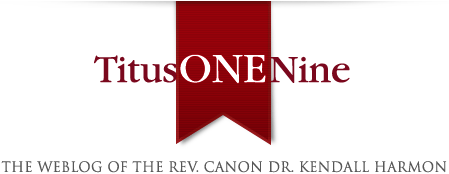If you want to try to change the world, you’ve broadly got three options. You can work with the powerful — not necessarily sharing their goals or methods, not always endorsing their slogans or ignoring their lies, but nonetheless patiently correcting their wrong turnings and softening their harsh judgements. Alternatively, you can work against the powerful. You can campaign for the dignity of suppressed peoples and groups, you can highlight miscarriages of justice, you may denounce and upbraid and protest.
But that choice — between a pragmatism that risks complacency and an idealism that flirts with self-righteousness — doesn’t comprise the full set of options. There’s a third approach, and that is to seek to model what a better society might look like: to practise a renewed politics and try to inspire others to join you, and in their own context do the same.
If you think about it, both the Old and the New Testaments assume that third kind of politics. The Old Testament is about the chosen people: a tiny nation buffeted from Canaan to Egypt to the wilderness to the Promised Land and later to Babylon and back. They have no pretensions to be masters of the universe. They’re hard-pressed just to run their own society faithfully and protect it from invaders. The New Testament is even more limited in aspiration to conventional political power: this is a people seeking to model a transformed life, without any pretension to geographical territory. All they’re looking to do is to live God’s future now by sharing together the life they will enter eternally.
From time to time a society has to ask itself, What kind of people do we want to be?
Saint Martin in-the-Fields ‘Royal Parish Church’ Trafalgar Square #London
— OldLondonNow (@oldlondonnow) February 22, 2021
(1810 Thomas Bonnor after James Robert Thompson @YaleBritishArt)
The James Gibbs design of 1722-6 is a much copied church design across New England. pic.twitter.com/43aP1Hv17v

Leave a Reply
You must be logged in to post a comment.